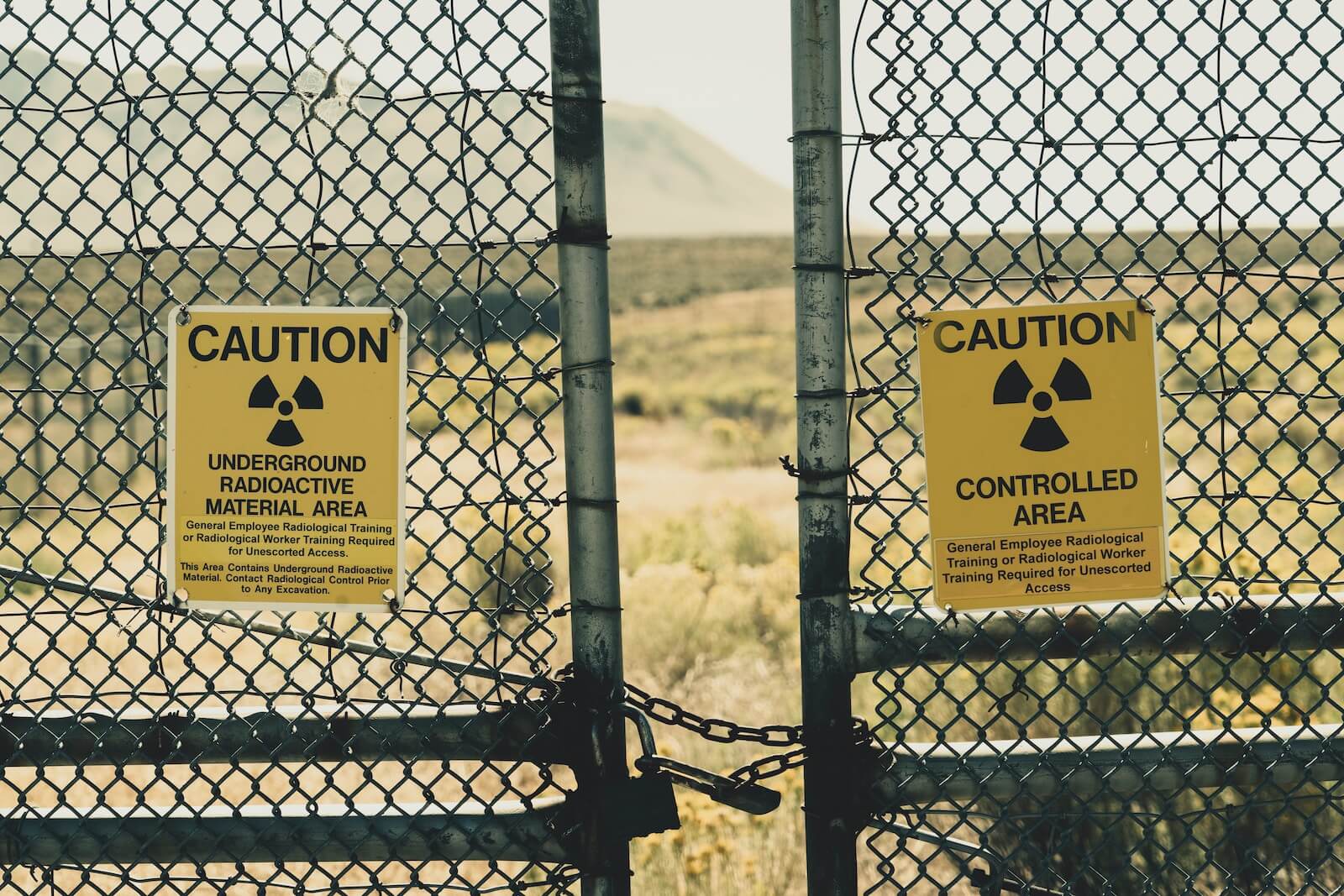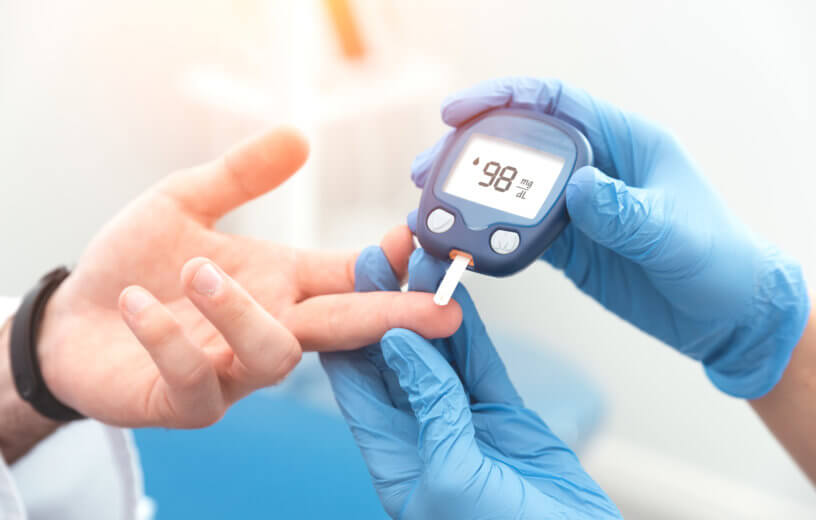TOKYO, Japan — Scientists in Japan have discovered a connection between radiation exposure and the onset of diabetes — even in the smallest of doses.
The Japanese National Institute of Occupational Safety and Health (JNIOS) conducted research on emergency workers who responded to the radiation crisis at the Fukushima power plant. This disaster was initiated by explosions resulting from a tsunami that struck the facility in March 2011, dispersing radioactive materials into the surroundings.
The study discloses that 6.5 percent of the participants developed diabetes, with those exposed to higher levels of radiation having a 47-percent increased risk of developing the glucose disorder. Specifically, individuals exposed to 10-19 millisieverts (mSv) – approximately 190 chest x-rays – had a 33-percent elevated risk of diabetes.
Those within the 20-49 mSv bracket faced a 47-percent heightened risk, while exposure from 5-9 mSv showed a six-percent increase in risk. Strangely, no heightened risk was detected in those exposed to 50 mSv or more. However, the researchers attribute this anomaly to the limited sample size.
Out of the 20,000 emergency workers at the plant, the JNIOS study focused on 5,326 individuals.
“Our findings suggest an increased risk of diabetes among nuclear emergency workers from low levels of radiation,” says Dr. Huan Hu, the lead author from JNIOS, in a media release.
“While the potential mechanisms remain somewhat unclear, reports suggest that radiation can adversely affect pancreatic cells responsible for insulin production, potentially contributing to diabetes. Additionally, there is an association between radiation exposure and heightened inflammation, a well-known factor in insulin resistance and the development of diabetes.”

To inform their research, the team referenced a 2014 investigation titled “Epidemiological Study of Health Effects in Fukushima Emergency Workers” (NEWS). This study was designed to decipher the long-term health implications of radiation on these workers.
“Ongoing follow-up of NEWS participants will provide an even clearer picture of diabetes risk at low radiation doses,” says Dr. Hu. “As more diabetes cases emerge within our study group, our expanded dataset will enable more robust analyses, allowing researchers to better assess the link between radiation exposure and diabetes risk.”
Between March and December 2011, radiation exposure for these workers was tracked using pocket alarm dosimeters for external exposure and whole-body counters for internal exposure. Regular health check-ups evaluated over 70 metrics, encompassing blood sugar, inflammation biomarkers, thyroid function tests, and more. The median age of participants in this research was 46.
For context, Europeans are typically exposed to an average of 2.7 mSv of background radiation annually, primarily due to natural radon gas in residences and cosmic rays. In contrast, some residents in Finland experience over seven mSv yearly. As a reference, a single chest x-ray exposes patients to about 0.1 mSv, a mammogram to 0.4 mSv, a CT spine scan to 10 mSv, and a PET scan to 25 mSv.
“Sincere thanks to the emergency workers who coped with the Fukushima Daiichi Nuclear Power Plant incident, both for their heroic efforts in minimizing risks and for their voluntary participation in the NEWS study, which contributes to our understanding of radiation’s health effects and public safety,” the authors concluded.
The research will be presented at this year’s Annual Meeting of The European Association for the Study of Diabetes (EASD 2023) and is published in the journal Diabetologia.
South West News Service writer Pol Allingham contributed to this report.

